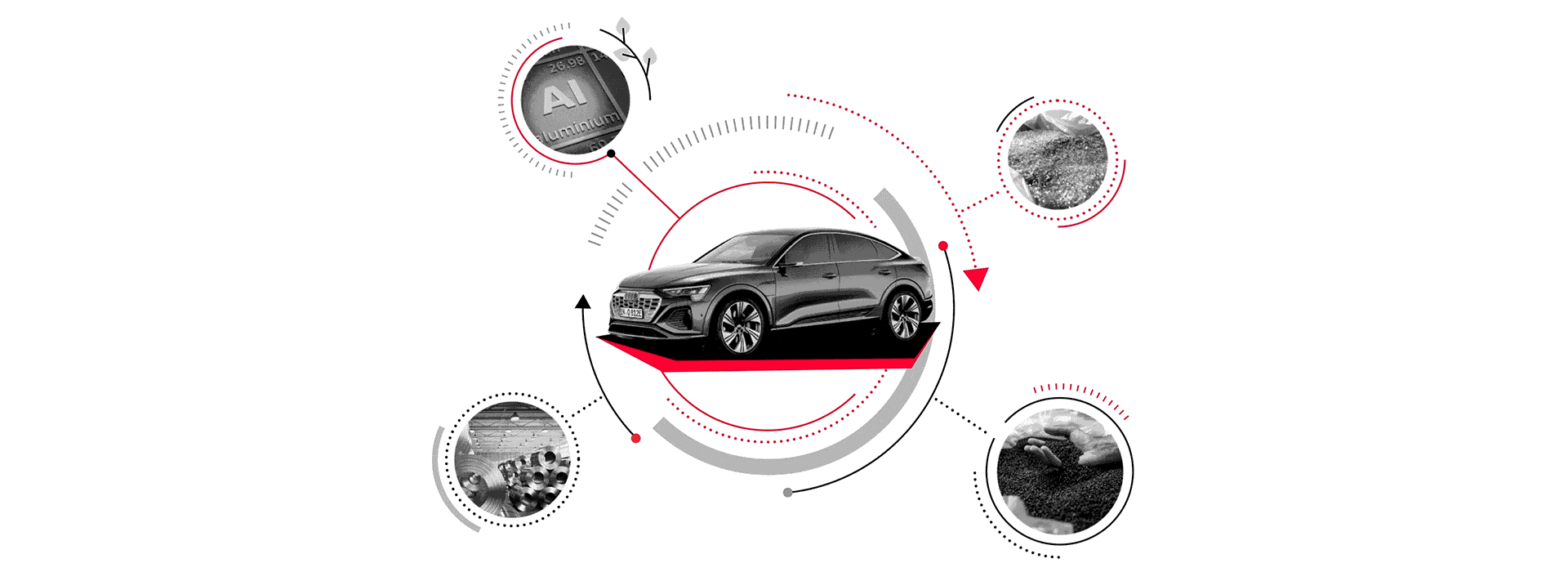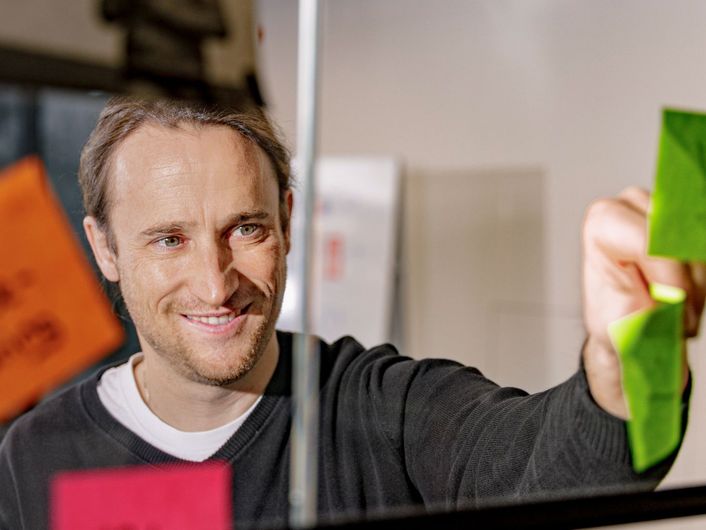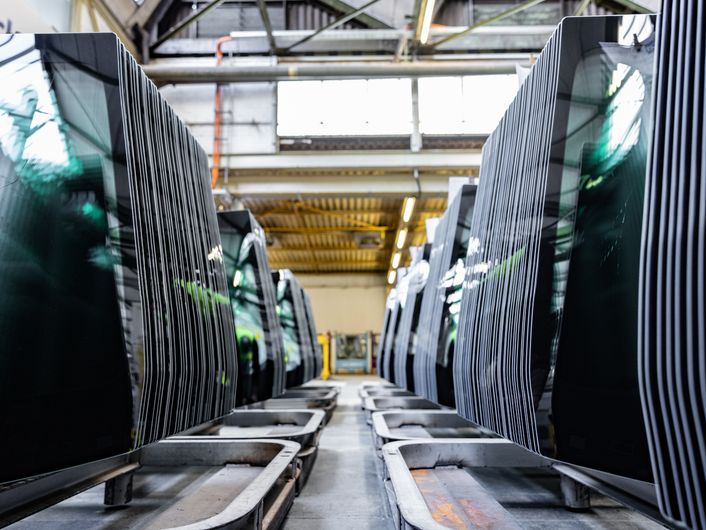How Audi is reducing water consumption in production

„The efficient use of water as a resource is also of crucial importance in the automotive industry. The Audi Group has recognized this and is playing its part in ensuring long-term, sustainable water use.“

Mission:Zero – on the road to consistently sustainable production
One of the goals of the Audi environmental program, Mission:Zero, is to achieve net carbon-neutral1 production at all Audi production sites by the year 2025. But the commitment goes far beyond this goal. For efficient structuring, the focus is divided into four action areas: decarbonization, resource efficiency, biodiversity, and water usage. Audi has already achieved significant success in the area of water usage.
“By the year 2035 we want to massively reduce our water consumption. The sustainable use of water is a central goal of our Mission:Zero environmental program. To achieve this, we’re starting with four main levers.”
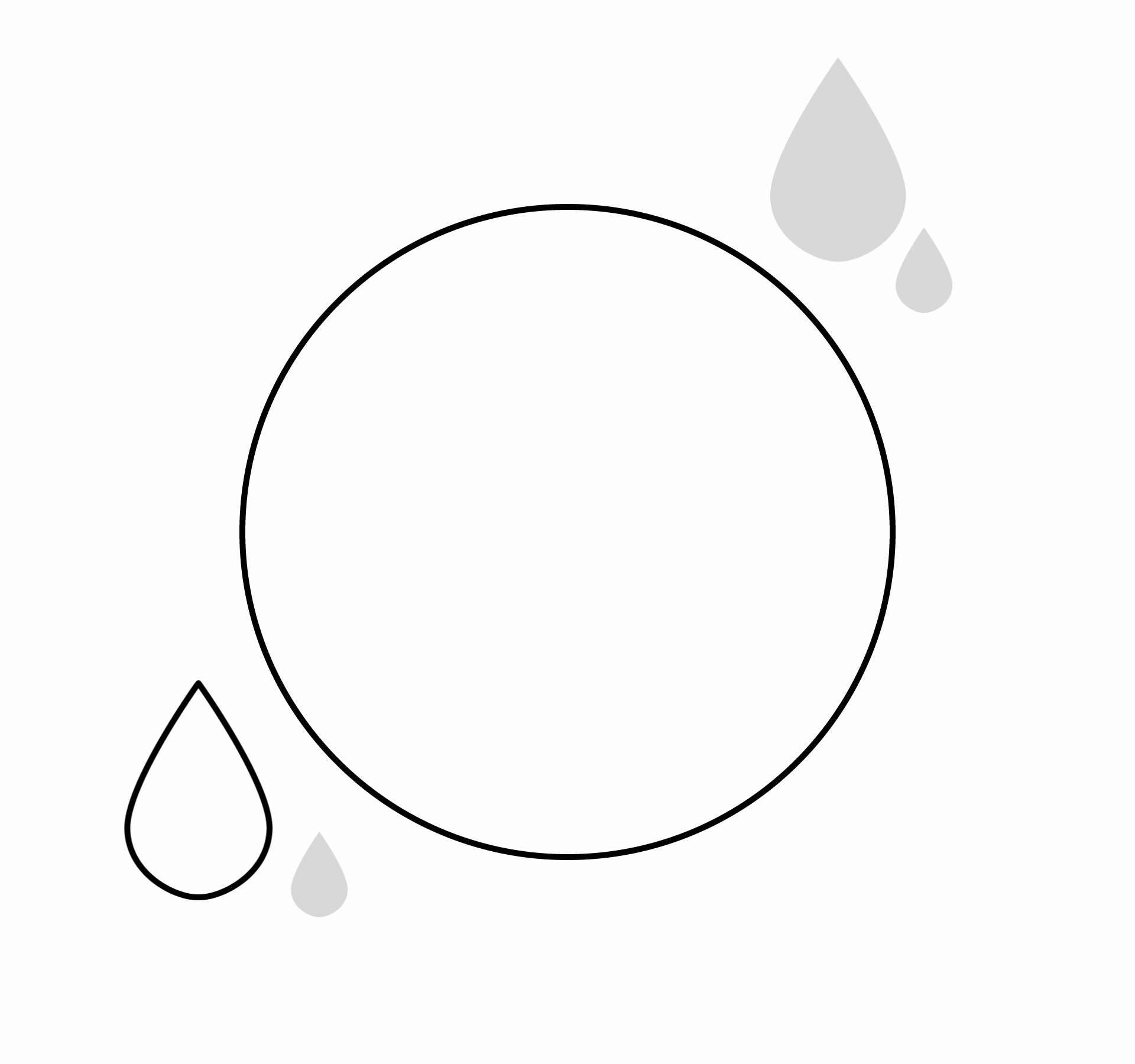
Lever 1: process optimization
Water that is not needed must not be obtained in the first place. That is why Audi’s primary aim, in terms of water technology, is to optimize water usage in all production processes.
So, for example, at the Neckarsulm production site the new topcoat lines will be equipped in the next few years with a dry separation of the paint overspray and converted to an air recirculation mode. Until now the separation has taken place by washing out, and large amounts of air have had to be humidified. Since the painting process is the biggest user of water in automotive production, this area is one of the most important levers for reducing water consumption. By doing this, AUDI AG wants to save ca. 300 liters of water per vehicle produced in Neckarsulm in the future.

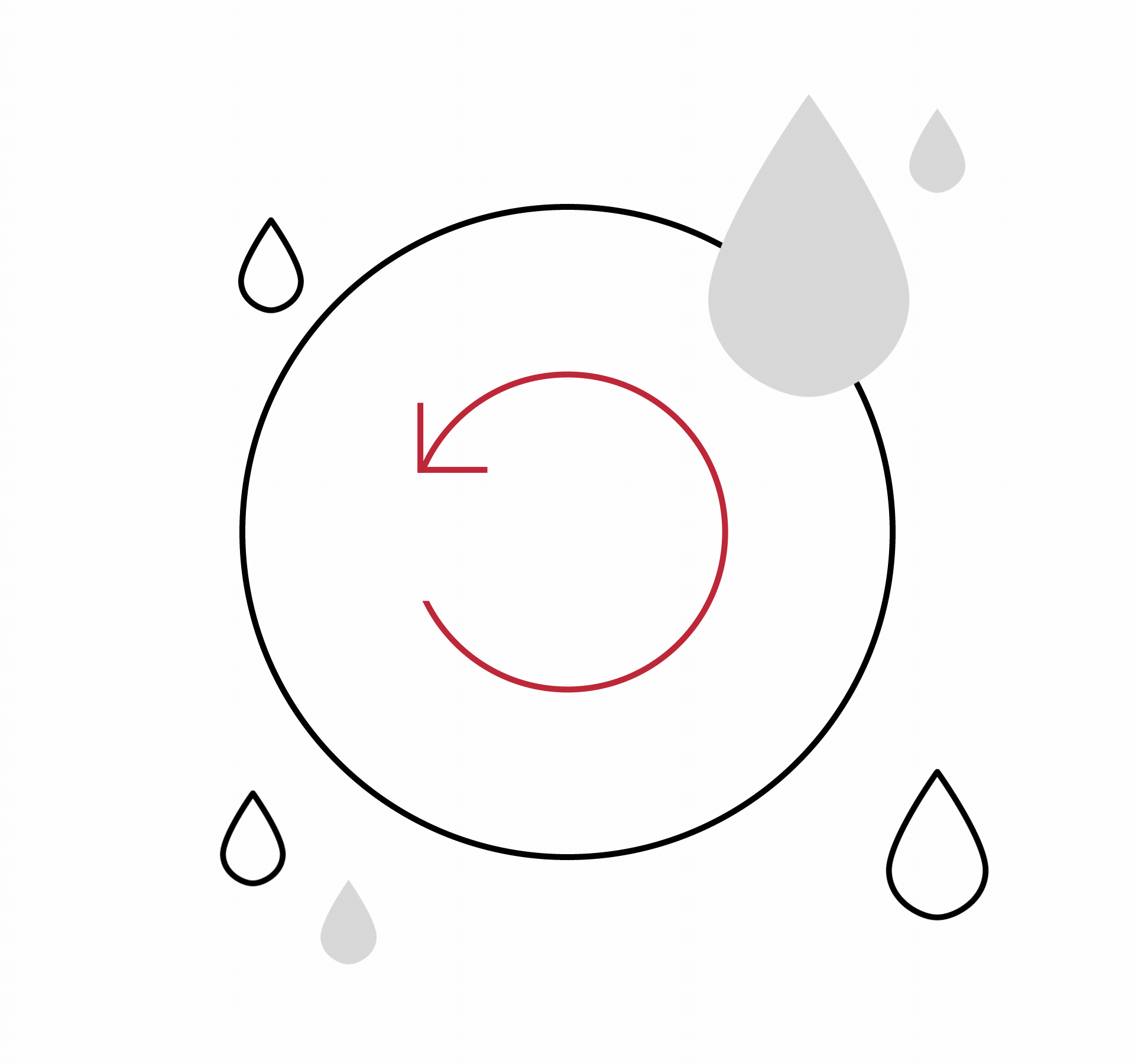
Lever 2: develop water cycles
Wastewater produced on site is a very good source for obtaining new process water. At Audi’s Ingolstadt site this will be demonstrated in the planned project to use hydro-rinse wastewater. Hydro-rinse agents are used in the paint shop to clean the application systems during color changes. This avoids a mixing of colors in terms of process technology. Currently this waste is disposed of by external suppliers. In future it will be purified via the in-house process water treatment center’s mechanical-biological plant and the treated wastewater will be fed back into the process water cycle. The cycle will thus be closed.

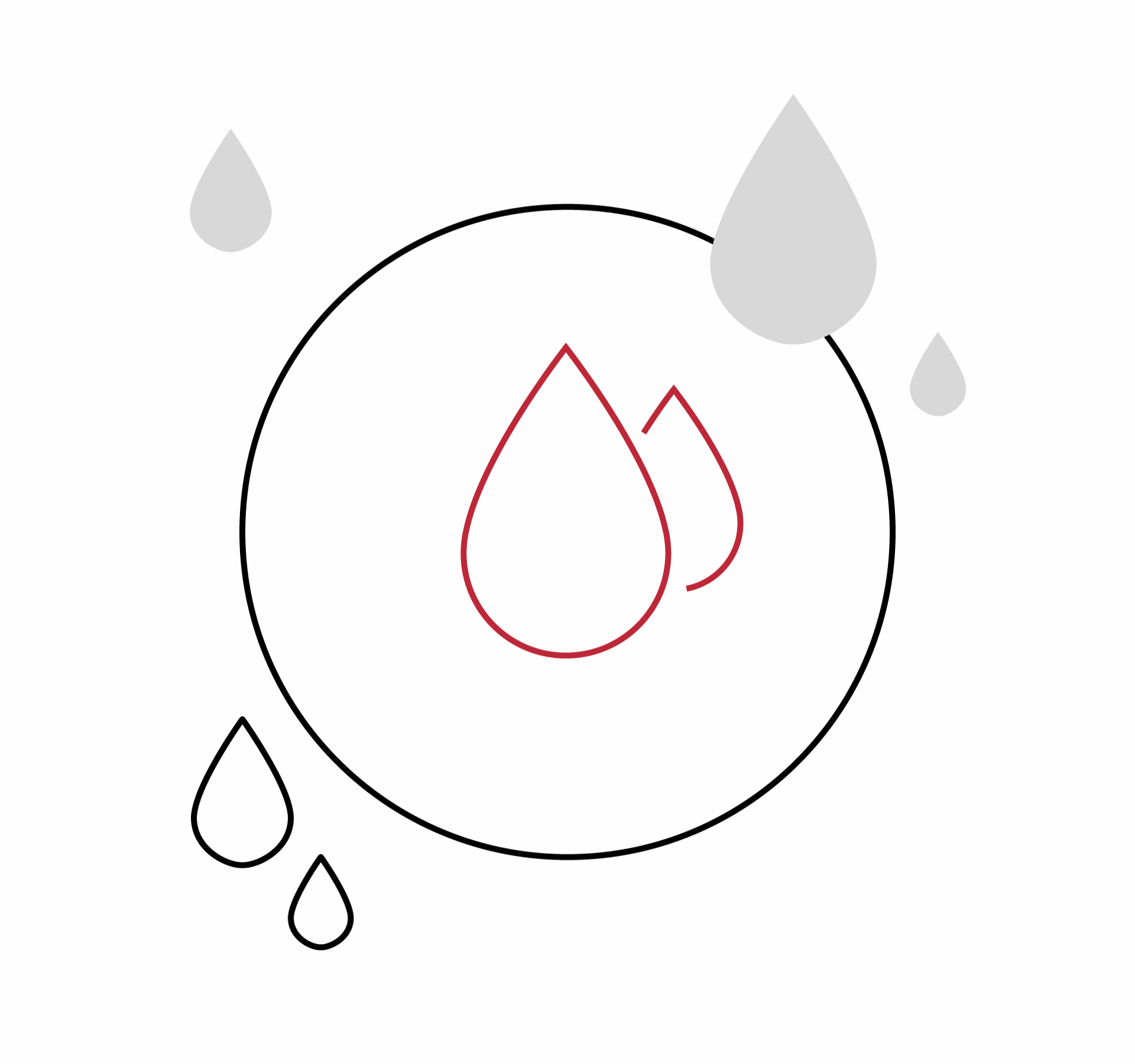
Lever 3: potable-water-free production
The use of potable water for production should be the exception. There are initiatives at all sites to reduce potable water usage in production. There is an especially noteworthy project at Audi’s Brussels site. By connecting to the neighboring municipal wastewater treatment works for the delivery of grey water, the site will reduce its potable water consumption by around 80% in comparison to its previous water supply.

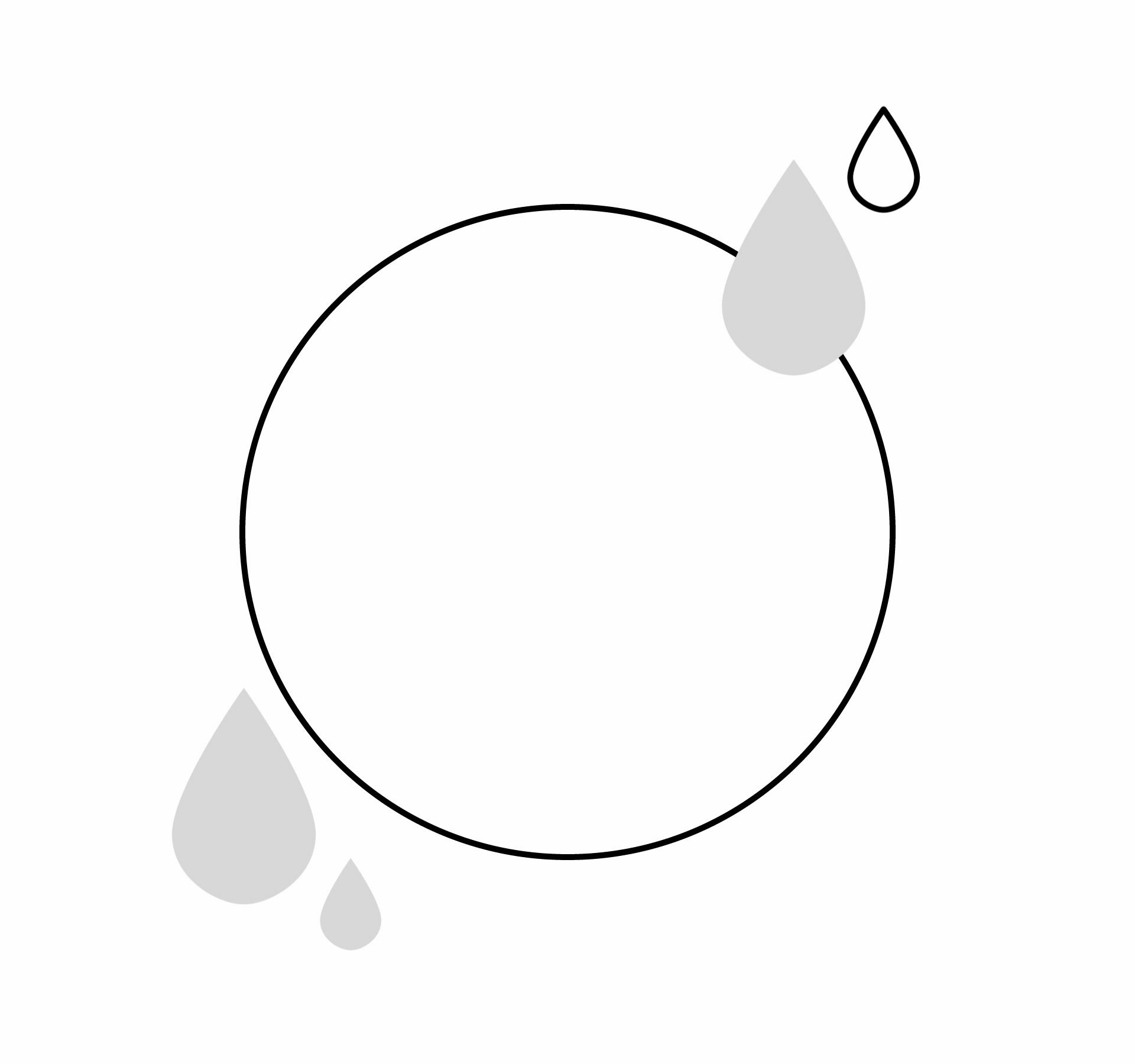
Lever 4: the use of rainwater
Rainwater is a vital resource for the environment. However, if it falls on impermeable surfaces it can quickly lead to flooding, and this may be massively intensified in future by climate change. For this reason, water should primarily seep away naturally and, if this is not possible, it should be retained and used within the plant. On the one hand, this fills natural aquifers and, on the other, conserves external water sources. At Audi’s Ingolstadt site rainwater from underground rainwater retention basins has been treated since the 1980s and used as process water for flushing toilets, for example.

A broad commitment to reducing water consumption in production
Whether it is about avoiding the use of potable water, optimizing existing processes, using rainwater proportionately or closing water cycles, Audi uses its broad-based technological know-how to counteract water shortages occurring at affected sites. In this way, the Group consistently implements its Mission:Zero environmental program.
“Industry is one of the triggers of man-made climate change, which is why it is also playing a key role in solving the climate problem. Here at Audi, we are in a position to develop and utilize the necessary technologies.”

